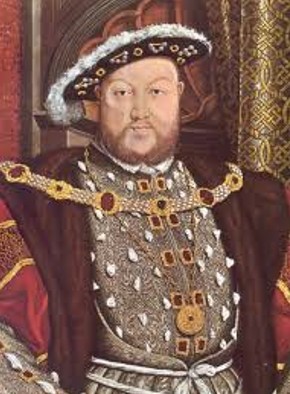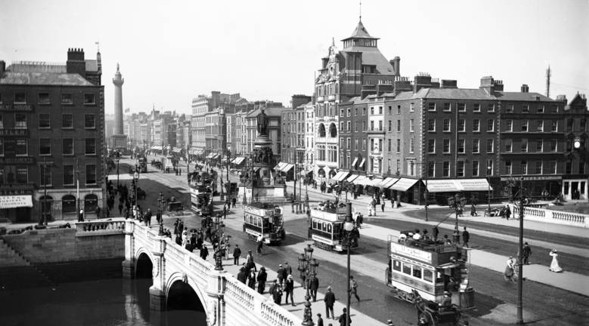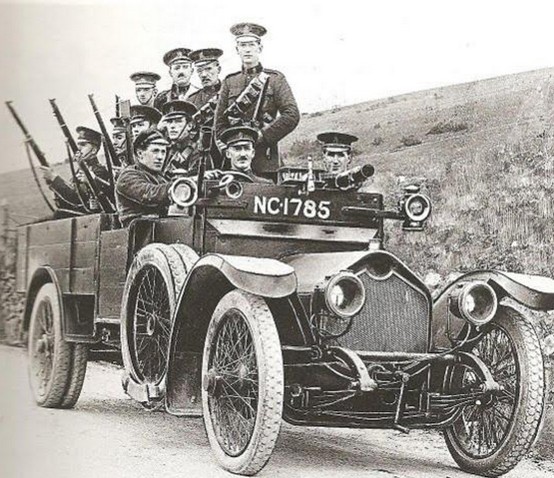
The Tudor dynasty is quite well known to many people for various reasons. Of course, most people know the reign of terror of Henry VIII, who left a trail of destruction with his series of marriages, exhausted the English treasury due to the many wars he waged, and the extravagant court and tournaments he maintained. But Henry VIII also founded the Anglican Church, from which the Protestant variant of the English Church would emerge.
Having survived and emerged victorious from the Wars of the Roses between the House of Lancaster and the House of York (1455-1485), the dynasty laid the foundation for the later (expansion) of the British Empire. However, the Tudors are also responsible for the longest-running conflict on the British Isles, that between Protestants and Catholics. The history of this conflict is as complex as it is interesting.
Here, the Reformation was imposed from above and did not, as elsewhere in Europe, arise from a popular movement. The Tudors pursued a colonization policy in Ireland, the island that had been dominated by the English ruler since the 12th century. Henry VIII managed to subjugate the Irish nobility and the Anglican doctrine was elevated to the state religion in Ireland. Catholic masses were later banned, and those who dared to attend them had to pay with land confiscation, which was then transferred to pro-English Protestants. The rebellious Catholic Ireland had to be kept under control due to this policy. The great advantage was that this seemed a relatively cheap solution for the English.

However, the Irish continued to resist English domination, especially outside the area known as “The Pale”; the area around the current capital Dublin. This area was in the hands of the English king as a feudal lord. Under Elizabeth I of England, Catholics were heavily persecuted, partly because she was at odds with both the Pope and Catholic Spain under Philip II. Here, at the end of the Middle Ages, lies the basis for the conflict between Catholics and Protestants in this area that fell under the influence of the English crown. And Ireland has been predominantly Catholic since the 5th century.
In 1641, the Irish rose en masse, and about 12,000 English colonists were killed. The English revenge was not long in coming when Oliver Cromwell sent a punitive expedition to avenge the killed Protestants and confiscate the land of the Irish victims again. This continued regularly in the following centuries. Furthermore, a number of laws, such as the Test Act, ensured that Catholics could not hold public office, receive education, or own land. The Act of Union in 1800 officially incorporated Ireland into the United Kingdom.


In the 19th century, the poor Irish tenant farmers lived a miserable existence. They hardly knew their landlords, but they could barely support themselves and stay alive thanks to the potatoes they could grow. When the potato harvests failed repeatedly due to a potato disease in 1845 and the following years, it meant certain death for almost a million Irish. As a result, food prices rose enormously, as the harvests elsewhere in Europe also failed. Meanwhile, the landlords continued to take good care of themselves, safely settled in England or in the big city. The Irish were left to their fate. To illustrate; in 1840, the Irish population was about 8 million people, while this number had dropped to about 3.5 million by 1900, directly or indirectly due to these crop failures. Many of them emigrated to America, hoping for a better life there. An estimated 2 million Irish sought their fortune overseas during the 19th century. The crossing was certainly a high risk. You did not board for fun if you could afford it at all. Diseases took a heavy toll once on board. Sharks were said to swim behind the ships full of emigrants because so many died on board and the bodies were thrown overboard. Most Irish found their place on the East Coast of the United States; anyone in Boston on March 17 will notice this.

The mass exodus of Irish to overseas countries had far-reaching political consequences for Ireland. Those who remained would declare independence in 1922; they had not been heard by the English government for too long. The northern part remained under British rule and did not become part of the Republic of Ireland but became Northern Ireland. At the beginning of the 20th century, nationalism grew among the Irish, who did not find the Irish political approach sufficient and felt more heard within the more radical approach of Sinn Fein; which originally advocated a dual monarchy based on the Austro-Hungarian model but was soon taken over by republican nationalists, leading to a clearer course. In 1916, a major uprising broke out during Easter week. The uprising was crushed, but the tone was set for the road to war with the English.


Leave a Reply